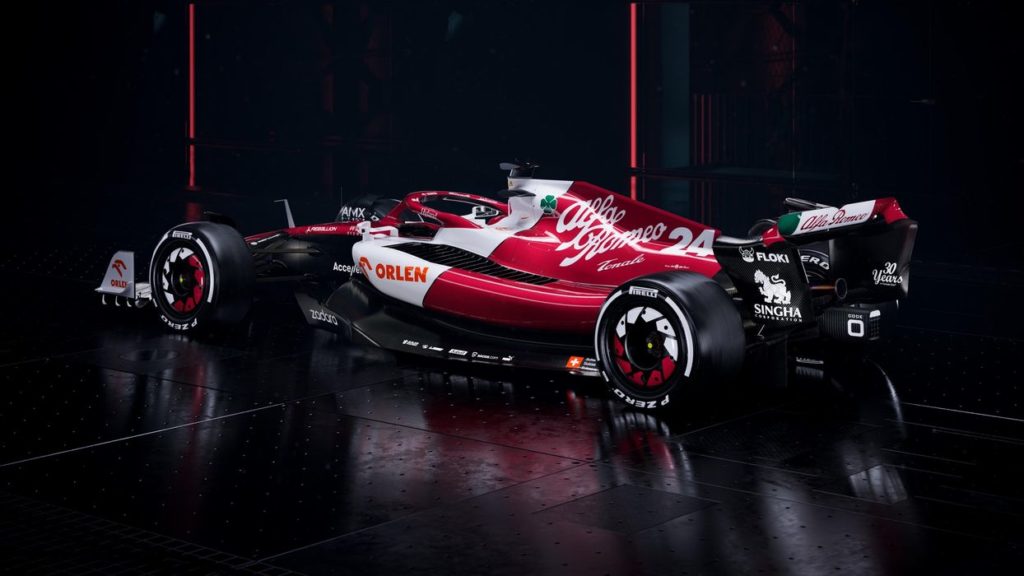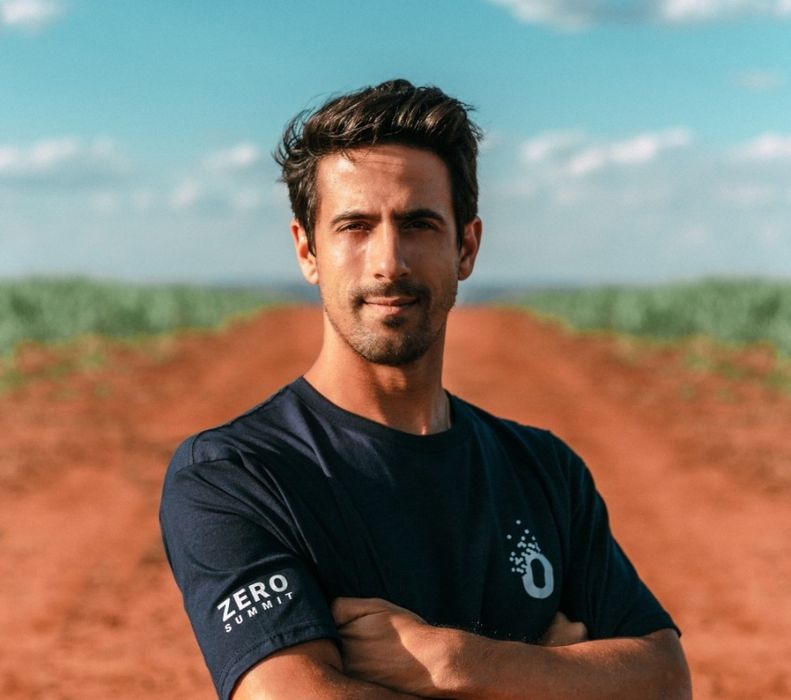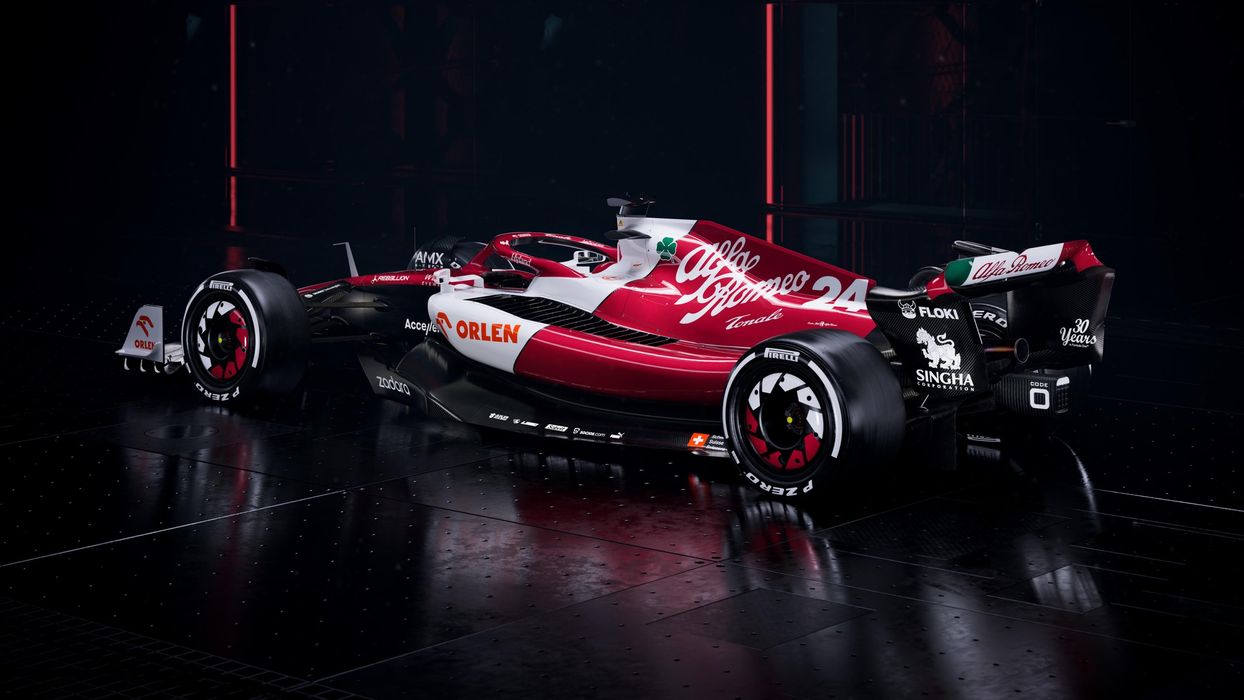
The automotive industry has a rather tight relationship with 3D printing technology.
The most obvious relationship is that many automotive firms use the technology to produce prototypes for production parts. This approach significantly shortens the development lifecycle and has been used for many years.
More recently the availability of engineering materials and in particular metals has allowed automotive participants to consider making production parts with additive technologies.
But all along that history there has been a tighter relationship with the more extreme automotive ventures. Auto racing is a popular sport where split seconds matter, pushing participants toward the most advanced technological solutions for their vehicles. If a part can be made more efficient, lighter or more reliable, it will be considered in this space.
Most, if not all racing teams have an involvement with 3D print technology.
One example is Additive Industries, which has long partnered with Sauber Group, who run the Alfa Romeo ORLEN F1 team. This arrangement allows their automotive engineers the ability to design and 3D print complex metal parts to push their vehicles to the most extreme performance. Similar usage can be found in other F1 and high performance racing teams.
But now another phenomenon seems to be occurring, where the racing world is itself racing into the additive world. Here are two examples of racing expertise landing in 3D printing.

Roboze announced they’ve partnered with Lucas Di Grassi of the ABB F1A Formula E Championship, where he was one of the first electric drivers. Di Grassi also was the first person to operate a racing car in the Arctic on ice. Di Grassi has invested in Roboze, which produces equipment that can 3D print high temperature lightweight thermoplastic parts that in some cases can substitute for heavier metal original parts.

Di Grassi will sit on Roboze’s Technology Committee, where he will join others from various industries, particularly aerospace. This arrangement will certainly allow Di Grassi’s automotive expertise to be leveraged by Roboze in future ventures.
Another example of the high performance automotive space entering 3D printing would be KAM, “Keselowski Advanced Manufacturing”. KAM is a simulation and design engineering firm providing both CNC and additive solutions for not only automotive, but also aerospace, defense and energy markets.

If the name “Keselowski” is familiar, it should be. Brad Keselowski is a NASCAR race car driver, currently racing car 6 for RFK Racing. Keselowski has won countless races, including the 2018 Brickyard 400, and the 2012 NASCAR Sprint Cup Series.
He is also the founder of KAM, which bears his name. KAM was founded in 2018, and opened for business in 2019. The company focuses on advanced manufacturing using additive equipment, and provides a variety of services to clients.
In both of these cases people from high performance racing have realized the potential of additive manufacturing and have deeply invested their time and resources into furthering the technology.
There’s no better indication of support than seeing customers adopt the business.
Via Additive Industries, Roboze and KAM

